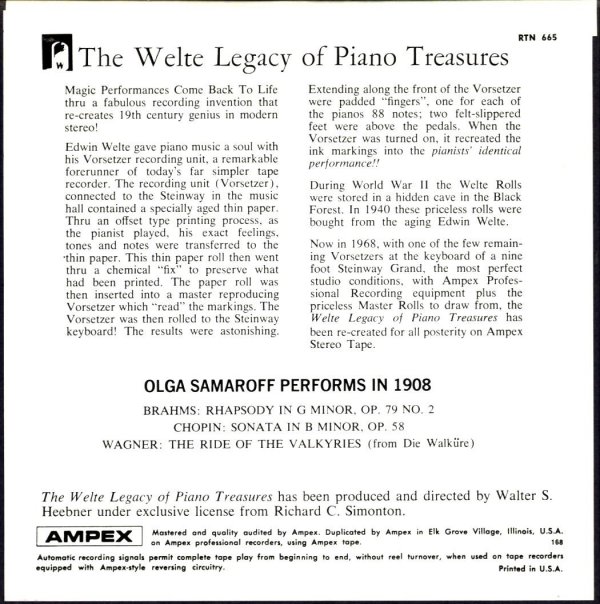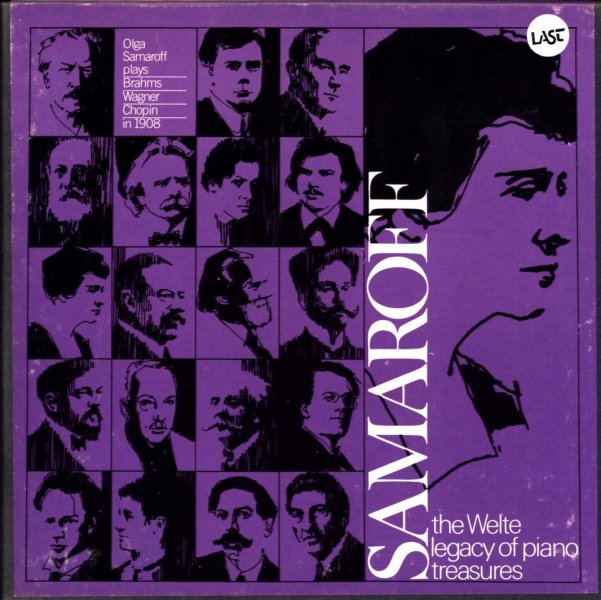Well that's interesting. Last night after playing those Rachmaninov Ampico recordings and still amazed at the subtlety and finesse of the playing (by the man himself 90 years earlier), despite the use of piano rolls to span those decades, I played a track or two from a CD of his Edison RecordingsI prefer listening to Rachmaninoff 78 rpm recordings with correct equalization and remastering without compression or noisegatng. Listening to him play Chopin Sonata No.2 is overwhelming despite the sonic deficiencies () Rachmaninoff playing Mendelssohn Scherzo....
Maybe it's just me, I have 7,000 78s and probably 25% of my now 52,000 LPs/CDs/78s/R2Rs are 78 rpm or cylinder recordings. With my high end system, I'm getting sound never imagined from those recording engineers.
P.S. This is the best Youtube I could find of the recording. My 78s and remastered transfer doesn't have the noisegating (awful isn't it)?
For What's Best Forum readers, listening to 78s won't provide the sonic nirvana we are searching for. For music lovers, they do.
Rachmaninov: The Edison Recordings, April 1919: Pianists - Solo Piano Recordings, Vol. 4: Amazon.co.uk: CDs & Vinyl
Buy Rachmaninov: The Edison Recordings, April 1919: Pianists - Solo Piano Recordings, Vol. 4 by Sergey Rachmaninov from Amazon's Classical Music Store. Everyday low prices and free delivery on eligible orders.
www.amazon.co.uk
Gosh, it's terrible! I appreciate the playing, but I cannot cope with the inevitable background noise from my high quality horn speakers. I presume you have these Rachmaninov and other piano pieces played by modern masters of the instrument on high quality modern recordings. Give me these any day and I'll enjoy Rachmaninov as the Composter and the virtuoso pianist as the Artist to deliver the music without the loss of half the audio frequency range, replaced by tons of noise! But maybe I'm a philistine in these matters!



